Thermoregulation is the process by which the human body maintains its internal temperature within a narrow, optimal range, typically around 98.6°F (37°C). This delicate balance ensures that physiological functions proceed seamlessly, supporting everything from enzymatic activity to cellular respiration. When thermoregulation fails, the consequences can be severe, impacting both short-term health and long-term well-being. Below explores the critical importance of thermoregulation, its mechanisms, and its relevance to modern life, including athletic performance, outdoor activities, and clothing choices.
What is Thermoregulation?
Thermoregulation involves a combination of physiological and behavioral responses that help maintain the body's core temperature within a safe range. The hypothalamus, a small region in the brain, serves as the body's thermostat, constantly monitoring temperature fluctuations and initiating responses to counteract extremes.
For example, when the body overheats, mechanisms such as sweating and vasodilation (widening of blood vessels) help dissipate excess heat. Conversely, when the body cools down, processes like shivering and vasoconstriction (narrowing of blood vessels) conserve heat.
Why is Thermoregulation Critical?
1. Maintaining Homeostasis
At its core, thermoregulation is about preserving homeostasis—a stable internal environment that supports life. Enzymatic reactions, which drive almost every biological process, operate efficiently only within a specific temperature range. A deviation, even by a few degrees, can lead to dysfunction or thermal stress. For instance, hyperthermia (excessive heat) can denature enzymes, while hypothermia (excessive cold) can slow down metabolic processes, endangering survival.
2. Supporting Physical Performance
Athletes and outdoor enthusiasts are particularly reliant on effective thermoregulation. During exercise, the body generates significant heat. Without mechanisms to dissipate this heat, core temperature can rise dangerously, leading to conditions like heat exhaustion or heat stroke. Conversely, exposure to extreme cold without adequate thermoregulatory responses can result in hypothermia, frostbite, and impaired muscular function.
Thermoregulation also influences endurance. The ability to efficiently cool the body during prolonged activity is a determinant of performance. This is why athletes prioritize hydration, clothing layers, and advanced materials that promote temperature regulation. However, often athletes wait too long because the signals from the body are distorted based on the influx of stress. This is where Mij™ comes in.
3. Safeguarding Cognitive Function
The brain is particularly sensitive to temperature changes. Even slight deviations from the norm can impair cognitive abilities, including decision-making, focus, and memory. For instance, during heat stress, individuals often experience fatigue, confusion, and diminished reaction times. Similarly, extreme cold can slow neural processing and impair coordination, both of which are critical for safety and performance in challenging environments.
4. Adapting to Modern Challenges
As climate patterns shift and extreme temperatures become more common, the importance of thermoregulation grows. Urban heat islands, where cities are significantly warmer than surrounding areas, pose risks for overheating, especially among vulnerable populations. Likewise, outdoor enthusiasts navigating remote or high-altitude environments must be prepared to manage rapid temperature changes.
How the Body Regulates Temperature
1. Heat Dissipation
- Sweating: Sweat glands release moisture onto the skin, which evaporates and cools the body. However, sweating is only effective in low-humidity conditions, where evaporation occurs readily.
- Vasodilation: Blood vessels near the skin's surface widen, allowing more blood to flow and dissipate heat into the environment.
2. Heat Conservation
- Shivering: Rapid, involuntary muscle contractions generate heat.
- Vasoconstriction: Blood vessels constrict, limiting blood flow to the skin to conserve core heat.
3. Behavioral Responses
People also rely on behavioral adaptations, such as seeking shade, adding or removing clothing layers, or consuming warm or cold beverages. Mij gets ahead of this for you, alerting you when you need to adjust your clothing.
The Role of Clothing in Thermoregulation
Clothing plays a pivotal role in assisting the body's natural thermoregulation. In modern society, garments are not just about style or protection but are often engineered to enhance the body's ability to maintain optimal temperature. Advanced textiles, like Core Construction® developed by VOORMI, incorporate features designed to monitor a person’s body temperature, ambient temperature in both hot and cold environments.
Thermoregulation in Outdoor and Athletic Activities
For outdoor adventurers, understanding thermoregulation can mean the difference between a safe, enjoyable experience and a dangerous situation. Whether hiking through any mountain terrain, skiing in frigid conditions with friends, or running an ultramarathon in the heat, preparation is key. Monitoring your body’s temperature through Mij™ and choosing appropriate clothing, staying hydrated, and being alerted to the signs of thermal stress can prevent potentially life-threatening conditions and assist you in excelling in your chosen sport or on your adventure.
Athletes also benefit from managing and monitoring your thermal environment and using this data to create individualized strategies. Pre-cooling techniques, such as ice vests or cold-water immersion, can enhance performance in hot conditions. Post-activity strategies, like warm layers and hot beverages, are equally important for recovery in cold environments. Knowing which you need and for how long is where Mij™ is vital to all athletes.
Thermoregulation is an essential, life-sustaining process that supports physical performance, cognitive function, and survival in a wide range of environments. By understanding how the body regulates temperature and leveraging tools like Mij™ creating strategic preparation, people can thrive even in the most challenging conditions. Whether you're an athlete pushing your limits or an outdoor enthusiast exploring nature's extremes, prioritizing thermoregulation is vital for health, safety, and performance.

